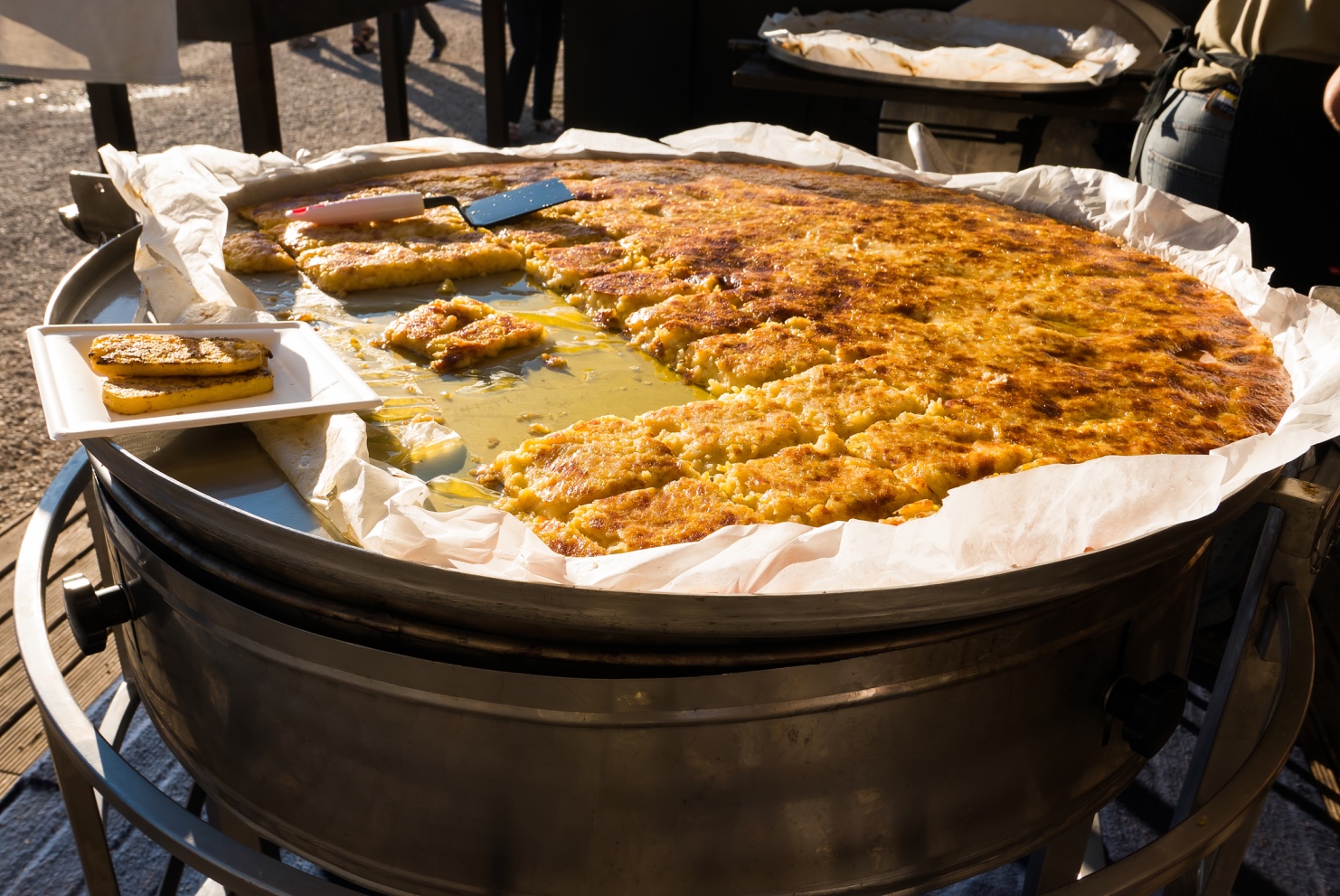Slow about deciding where to go in Italy? Don’t worry; you’re just in time to drop in on the third national Slow Food Day in Italy, which will be celebrated on May 17, 2014. The now international Slow Food movement got its start in Italy’s Piedmont Region, so logically this could be your obvious destination choice.
However, more than 300 Italian branches of Slow Food, known as convivia, will host free events in piazzas all around Italy. These will include markets, tasting events and educational workshops. The informational events will be raising awareness on topics including food waste and the energy, water and other resources that are affected. Visit slowfood.it for more information on this year’s special events.
If you want to branch out from Piedmont, just go south into the Liguria Region, a thin arc of coastal area that curves along the Ligurian sea at the northwest top of Italy. Although the Piedmont Region is where the now famous Slow Food movement originated, Liguria has some stellar food highlights of its own.
Known as the Italian Riviera dei Fiori [The Riviera of Flowers], Liguria is famous for its scenic coastline that winds for almost 200 miles. Since the 18th century visitors have sought out the natural beauty of its beaches, charming small towns studded with outdoor markets and amazing food. With France to the west and the Italian regions of Emilia-Romagna and Tuscany to the east, and the stunning Alps to the north, this is one of the country’s smallest regions, yet one of its most interesting.
A solid marble mortar with a smooth marble pestle. It is used to make traditional pesto
A solid marble mortar with a smooth marble pestle. It is used to make traditional pesto
Anyone who is into food should note that first and foremost Liguria is the home of pesto sauce. Yes, that healthy green mixture that most of us consume as a cooked sauce is traditionally prepared raw in Liguria using Genovese basil, a version of the herb that has unique aromatic properties and has a protected PDO (Protected Designation of Origin) status similar to that of the various Italian wine region appellations.
After the basil is ground with a mortar and pestle it is mixed with pine nuts, garlic, Sardinian pecorino, Parmesan, sea salt and local olive oil. This slightly sweet oil is used in many different recipes from fried fish to sweets. Interestingly, the olive oil from La Spezia, while still grown in the Liguria Region, has a distinctly different flavor.
It’s worth noting, too, that a biennial event Aromatica in Liguria celebrates basil, herbs and aromas from the area. Flowers are also raised and are available daily in the local markets so you are constantly reminded of the special sea breezes and the herbal and floral aromas that greet you.
As well as olives (you have to try fried olives) and the local olive oils, Liguria also has some pretty spectacular wines, In contrast to most of the wines produced in Piedmont and Tuscany, which are robust reds, Liguria excels in the production of delicate white wines such as Vermentino, Sciacchetrà and Pigato. These wines are the perfect pairings for Liguria’s predominately coastal cuisine that makes seafood a traditional and popular part of local home and restaurant fare.
With pan fried and grilled fish, freshly made pastas, wood-fired oven foccaccia, baked vegetable pies and desserts, which often include local lemons, it is little wonder that Liguria has a lot to serve up on May 17, 2014 for Slow Food Day. Even earlier on May 12, the region celebrates Sagra del Pesce, a religious celebration dedicated to fishermen, who drive so much of the region’s economy.
On May 18, the town of Monterosso pays homage to the lemon with its Sagra del Limone. During this event you’ll be treated to an array of lemon products, baked goods and more. You can also visit a lemon grove and of course, reflect on why you love lemoncello.
If you make the larger city of Genoa, which is the Ligurian capital, your travel base, then you can branch out to see the region’s other provinces of Imperia, Savona and La Spezia. Besides enjoying extraordinary food, including street food and market stalls, visitors can also explore UNESCO heritage sites including Portovenere, the Cinque Terre, and the islands of Palmaria, Tino and Iinetto. Part of Genoa’s historic center also comes under the UNESCO designation.
The area’s most popular tourist beacons in the summer are the resort towns of San Remo, Portofino and the Cinque Terre. Keep in mind that Genoa and Portofino are where you will find the larger hotels and resorts, whereas Cinque Terre is more B&B or small hotels. You can also source vacation apartment and home rentals throughout the area.
Any one of the places you choose to stay in the Liguria is sure to offer a special ambiance and going in May will put you there ahead of the crowds that will be vying for a place in the sun. For additional trip ideas visit lifeinitaly.com, winecountry.it, trips2italy.com and liguriapocket.com. Alitalia features a number of round trip flights between LAX and Genoa’s Cristoforo Colombo Airport in the $1,200 to $1,500 range. Enjoy and remember to take it slow.



























